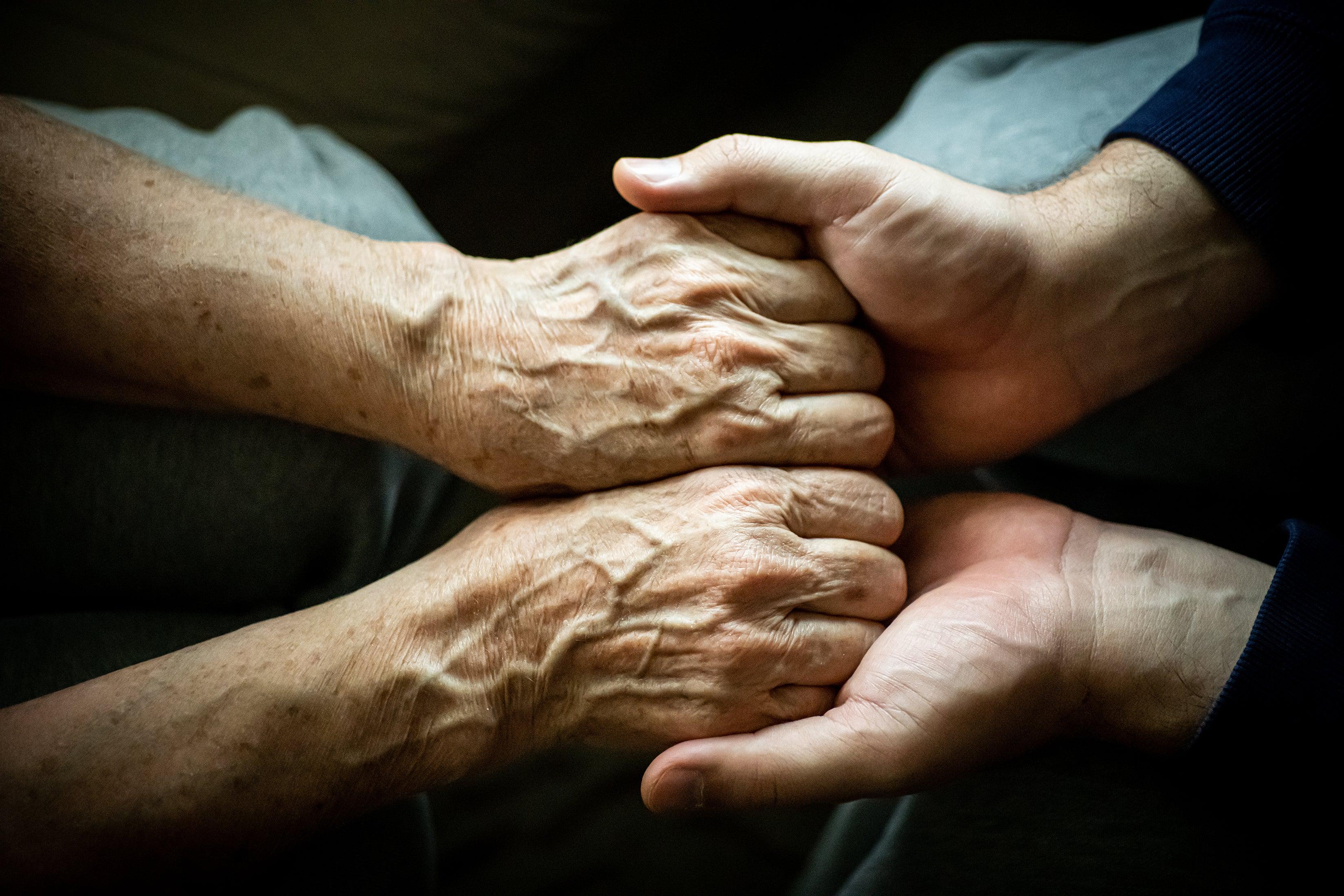How My Mother's Dementia Showed Me Another Side of Neurodiversity
我母亲的痴呆如何让我看到了神经多样性的另一面

Close up of son holding his mother's hands
2024-08-27 1302词 困难
For the first few years our mother was able to use her wit to cover for her eroding cognitive abilities, improvising alternative—often more spicy or colorful—bridges of syllables if the initial attempt to call a word to mind failed. But then COVID came. The isolation of lockdown accelerated Leslie’s cognitive decline and loss of mobility, and our increasingly frequent phone calls became her primary source of social contact. Eventually her physical needs became overwhelming for my sister, and we placed Mom into what’s called a “board-and-care” home that came highly recommended. Although the facility touted compassionate memory care on its website, it soon became obvious that many of the caregivers knew astonishingly little about dementia other than that it annoyed them when the residents showed symptoms. Instead of hanging up the handset of my mother’s landline when she lost the dexterity to do so herself, the head caregiver—an imposing woman my mother started calling “the Boss Lady”—would text us photos of her phone off the hook.
免责声明:本文来自网络公开资料,仅供学习交流,其观点和倾向不代表本站立场。